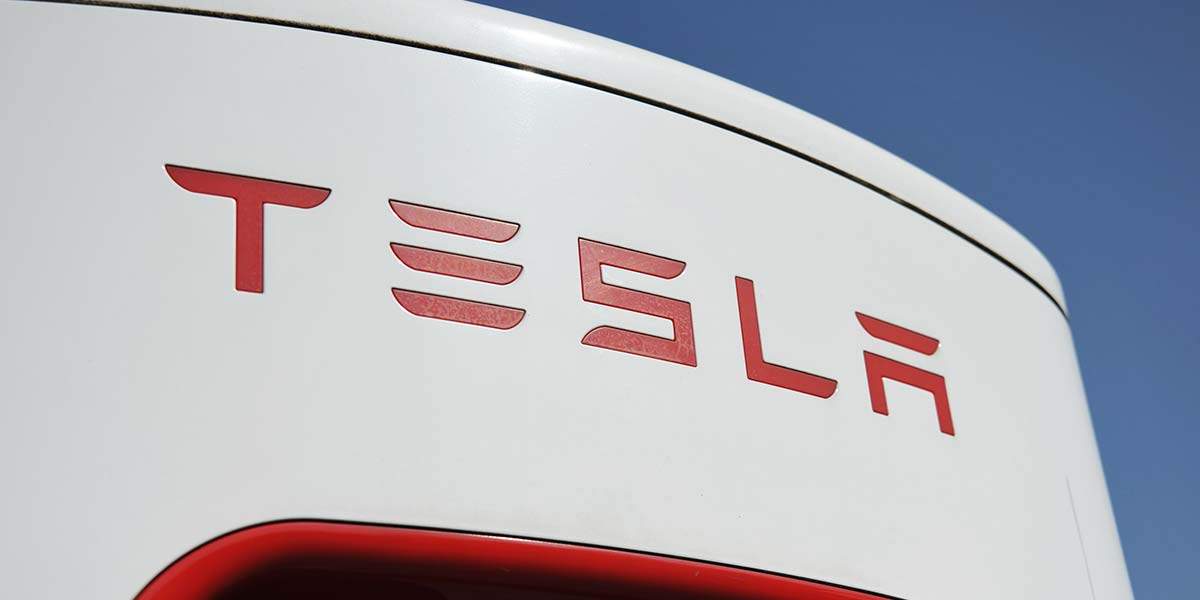Tesla posted a record for quarterly vehicle deliveries, propelled by a rush of consumers seeking to take advantage of a $7,500 federal tax credit that expired at the end of the third quarter. However, investor apprehension over what will follow the incentive’s removal weighed heavily on the stock.
The U.S. tax credit on purchases of qualifying electric vehicles concluded in September, following new tax and spending legislation signed into law by President Donald Trump in July. The expiration appears to have sparked a surge in demand, with Tesla delivering 497,099 vehicles globally for the quarter ended September 30—a 7.4% year-on-year increase and well ahead of Wall Street expectations, which had stood at 443,919, according to data.
Of the vehicles delivered, 481,166 were Model 3 compact sedans and Model Y crossovers, which remain Tesla’s best-selling offerings. The automaker is slated to release earnings for the quarter on October 22.
In China, robust appetite for the upgraded Model Y contributed significantly to Tesla’s sales momentum, according to independent researcher Troy Teslike. In September, Tesla introduced deliveries of the family-oriented six-seat Model Y L variant in China, further its push into the world’s largest EV market.
Meanwhile, the company continued to face headwinds in Europe. Increased competition from both plug-in hybrids marketed aggressively by traditional automakers and the rapid rise of local Chinese EV brands led to a notable slide. Data from the regional Automobile Manufacturers’ Association indicated that Tesla’s European sales—including the UK—dropped 22.5% year-on-year in August, driving its market share down to 1.5%.
Tesla shares ended Thursday down 5.1% at $436. This followed a pattern observed earlier in the year: On January 2, the stock fell 6.1% after quarterly deliveries hit 495,570, then the company’s quarterly record, even after a 60% rally in the preceding two months. Conversely, shares climbed 5.3% on April 2 when Tesla posted first-quarter deliveries of 336,681, a miss against analysts’ targets that led to speculation about whether CEO Elon Musk’s alignment with President Trump was alienating some of Tesla’s customer base.
On July 2, shares rose 5% after reporting 384,122 second-quarter deliveries, close to consensus but still reflecting a notable 13.5% year-over-year drop—the company’s most significant to date. In total, Tesla delivered approximately 721,000 vehicles in the first half of 2025, down 13% on the prior year.
Historically, Tesla’s share price has tended to move contrary to the direction suggested by delivery announcements.




